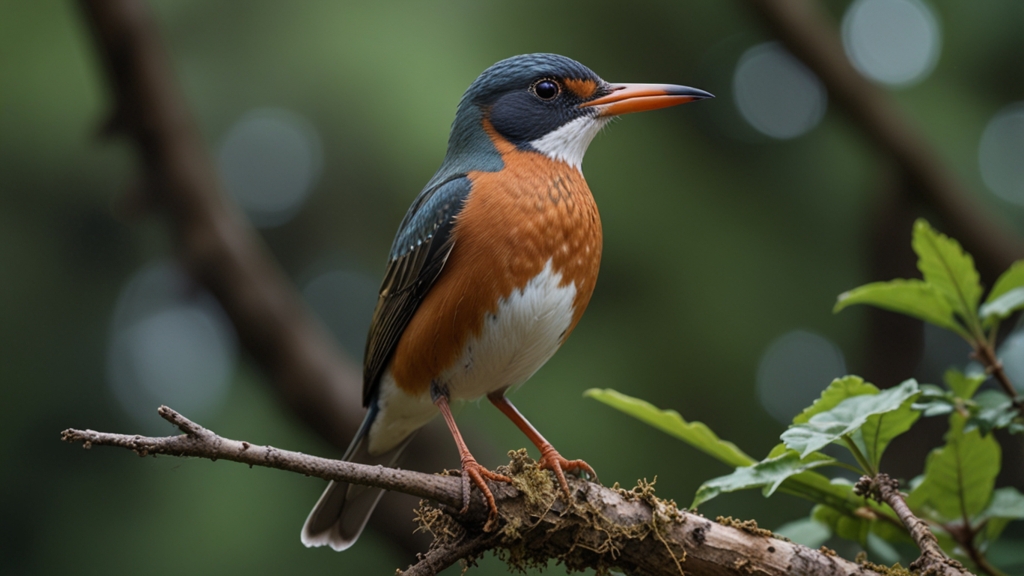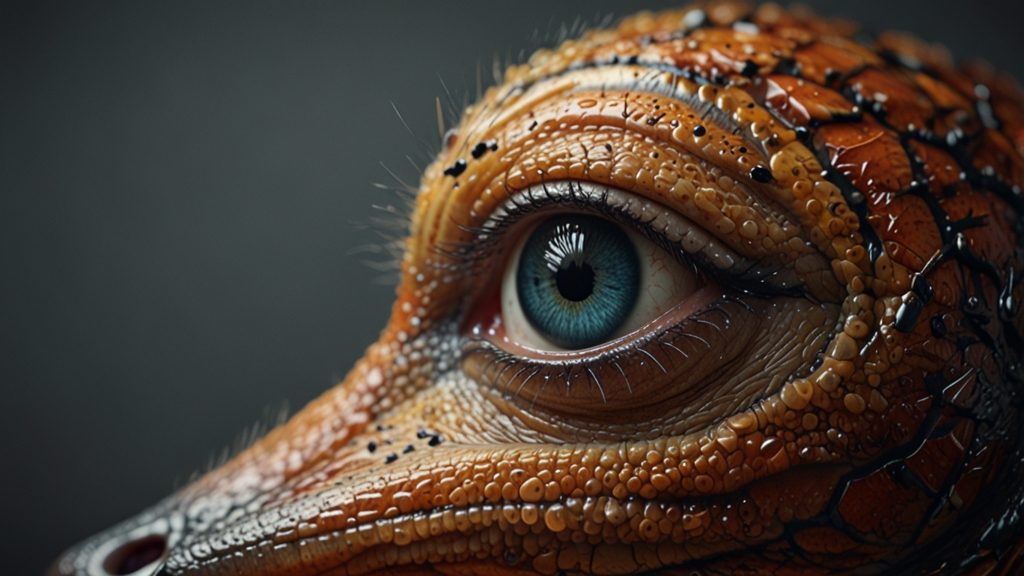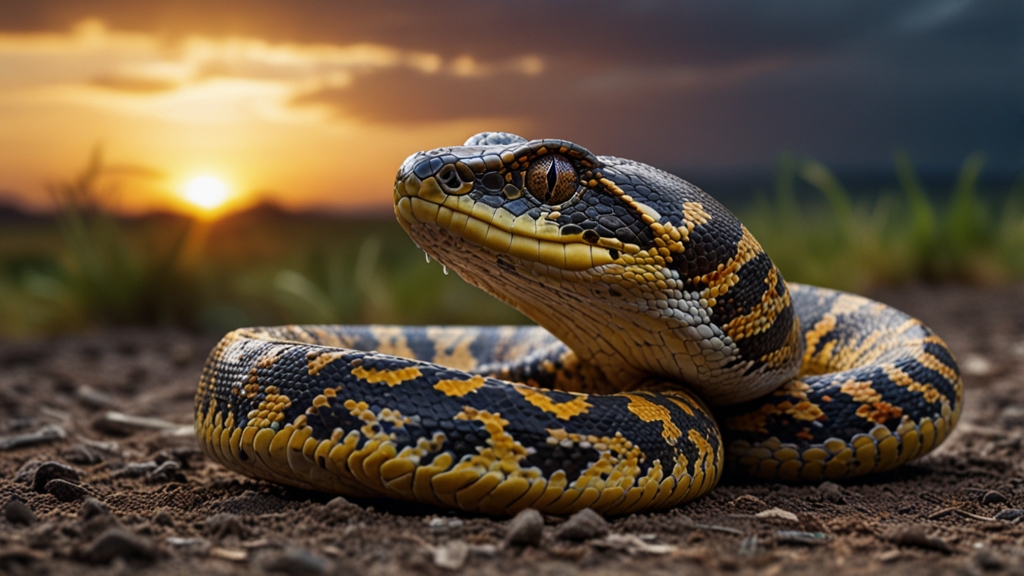Invasive Bird Species: How They Are Disrupting Ecosystems
Invasive bird species are non-native birds that have been introduced to new environments, often through human activity. While some may adapt without causing significant harm, others can wreak havoc on local ecosystems. These disruptions can have far-reaching consequences for native species, habitat structures, and even human economic activities.
Introduction of Invasive Species
Invasive bird species are often introduced intentionally for ornamental purposes, hunting, or pet trade. In other cases, they are accidentally transported via ships, airplanes, or other cargo methods. Once introduced, these birds can spread rapidly, outcompeting native species for resources and altering the balance of the ecosystems they invade.
"Invasive species are one of the top threats to biodiversity worldwide, second only to habitat destruction," says Dr. Jane Smith, an ecologist specializing in invasive species. "Their ability to adapt and thrive in new environments can make them exceptionally dangerous to native ecosystems."
Impact on Native Species
Invasive birds often compete with native species for food, nesting sites, and other resources. For example, the European Starling, introduced to North America in the 19th century, competes aggressively for nesting cavities, displacing native birds like bluebirds and woodpeckers. This can lead to a decline in native bird populations, reducing biodiversity.
Furthermore, invasive birds may prey on native species or introduce diseases to which local birds have no immunity. This can cause rapid population declines, sometimes leading to the extinction of vulnerable species.
Alteration of Habitats
In addition to direct competition, invasive birds can alter habitats in ways that disrupt entire ecosystems. The Common Myna, for example, has become a significant pest in Australia’s urban and rural areas, where it destroys crops and native vegetation. This creates a cascade of effects, impacting insects, plants, and other animals that rely on those native plant species for survival.
"Invasive birds don't just compete with native species; they can fundamentally change the structure of an ecosystem," notes Dr. John Doe, a conservation biologist. "Their presence can lead to a decrease in biodiversity and alter the intricate balance that has developed over millennia."
Economic Consequences
The disruptions caused by invasive bird species can also have significant economic impacts. Farmers often suffer from crop damage caused by birds like the Red-vented Bulbul, which has spread across the Pacific Islands damaging fruit farms. The costs associated with controlling these populations and mitigating their damage can be substantial.
Tourism and recreational activities can also be negatively affected. Bird watching is a popular activity that generates significant revenue for local communities. However, the decline of native species due to invasive birds can make these activities less attractive, reducing tourism income.
Control and Management
Efforts to control and manage invasive bird populations are complex and multifaceted. Strategies may include habitat management, exclusion techniques, trapping, and public education initiatives aimed at preventing the introduction and spread of these species. In some cases, legislative action is required to regulate activities that contribute to the spread of invasive birds.
Successful management often relies on early detection and rapid response. Public awareness campaigns and citizen science initiatives can play a crucial role in identifying and reporting invasive species, allowing for timely intervention before populations become unmanageable.
Conclusion
Invasive bird species pose significant threats to biodiversity, ecosystem stability, and economic prosperity. Addressing these challenges requires a coordinated effort involving scientists, policymakers, and the public. By increasing awareness and implementing effective management strategies, we can mitigate the impact of these disruptive invaders and protect the health of our ecosystems for future generations.
"The battle against invasive species is ongoing," concludes Dr. Jane Smith. "But with concerted effort and international cooperation, we can protect our natural world from these silent invaders."












